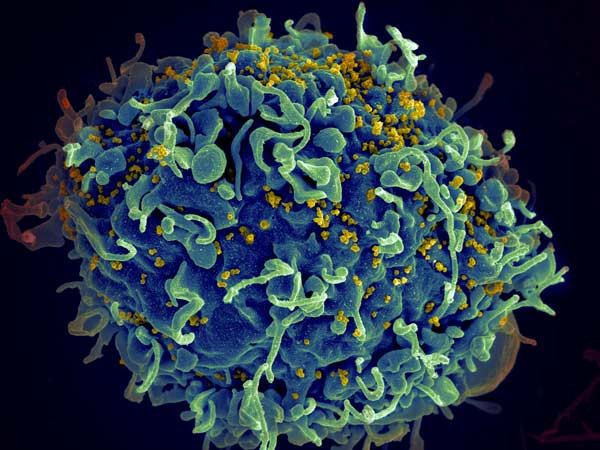Immune Response That Begin Within Cells Lining Our Mucous Membrane Are Fighting Off More Illnesses Than We Know

Your body’s defense mechanisms are stronger than scientists previously suspected. A new Danish study suggests an unfamiliar layer of defense begins its work even before your first immune response becomes active. The newly discovered mechanism protects you with little fanfare or fuss, and occurs within the cells of your mucous membrane — the moist tissues lining your nose, mouth, lungs, and urinary and digestive tracts.
In other words, your immune system begins its fight at the point where viruses normally get in.
“This can help to explain how we can be constantly exposed to the viruses and bacteria that always surround us, without activating the entire immune system every time,” said Dr. Soren Riis Paludan, professor of biomedicine at Aarhus University, in a press release.
Paludan’s lab is focused on understanding “how the immune system recognizes virus infections, and how this leads to an immune response against infection,” according to his website. The team is searching for new knowledge of the immune system and how it functions, particularly how it interacts with viruses and influences the ways they develop into full-blown infections.
A Virus, the Ultimate Parasite
Viruses are essentially vampiric. Though considered non-living, these microscopic organisms contain genes and so might be said to occupy the space between life and death. While they cannot sustain themselves or reproduce on their own, they are able to take over a host cell and inject their DNA into its works. Thereafter, the derelict cell begins to reproduce the virus instead of itself.
Viruses are difficult to detect, yet according to Paludan’s lab, our innate immune system uses pattern recognition receptors (PRRs) to identify these microscopic enemies. Once a virus is recognized, the immune system can activate its own antiviral workers, including interferon. Fevers, aches, and flu-like symptoms are the signs indicating your body has recognized an infection and begun to create interferon to fight it.
For many years, researchers and doctors have assumed interferon was your body’s earliest response to viruses and bacteria. However, in their current study, Paludan and his team questioned this assumption.
Conducting experiments, they witnessed how a separate immune response activated each time the body's mucous membranes were disrupted. (To mount a full-blown infection, a virus or bacterium first gains a foothold in the epithelial cells of the mucous membrane.) Yet, an annate antiviral pathway within the epithelial surface was able to recognize an invader and quickly produce a substance to neutralize it. This process appeared to occur continuously and only when it failed, could an infection establish itself inside the body. At that point, interferon would be triggered and sickness, complete with sniffles and aches, would begin.
Conducting experiments on mice, the researchers explored this first response further. Through a series of studies, they showed how rodents lacking this first defense mechanism would become ill if exposed to a herpes virus, while normal mice (with this mechanism intact) remained healthy.
The lab’s work alters our understanding of the immune system, says Paludan, who added, “We do not yet know the precise significance of this mechanism, but it may explain why some people become more ill from viral infections such as influenza than others. The same may apply to other viral infections that are initiated on mucous membranes such as HIV and herpes.”
He and his colleagues plan to map each and every molecule involved in this immune response. Looking ahead, Paludan says on his website, such work “could have implications for future development of improved vaccines, antiviral therapeutics, and diagnostic tools.”
Source: Iversen MB, Reinert LS, Thomsen MK, et al. An innate antiviral pathway acting before interferons at epithelial surfaces. Nature Immunology. 2015.



























